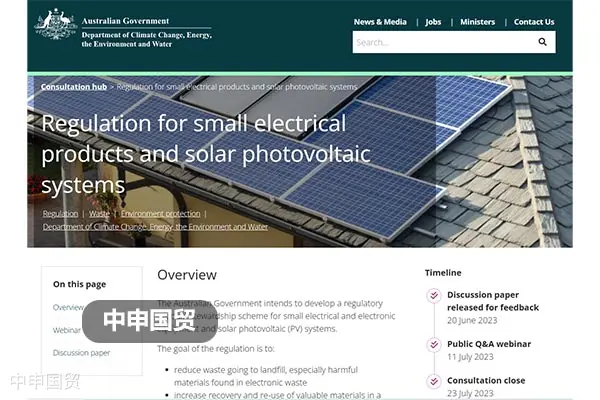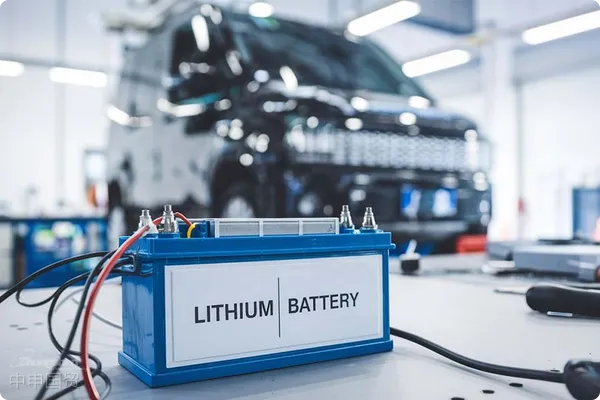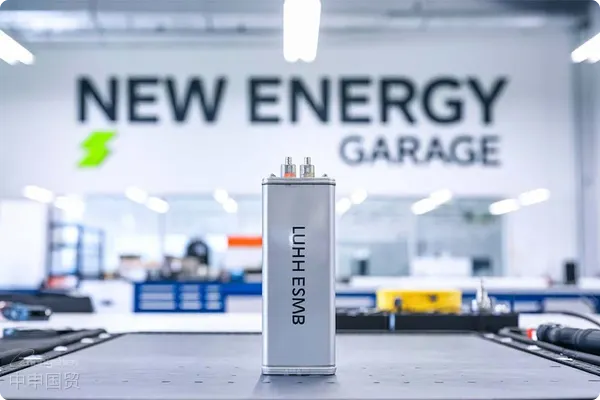- Shanghai Zhongshen International Trade Co., Ltd. - Two decades of trade agency expertise.
- Service Hotline: 139 1787 2118
Systems. The draft aims to develop a product regulatory plan for small electrical and electronic equipment and solar photovoltaic (PV) systems, promoting Australias transition to a more circular economy.solarphotovoltaicI. Small Electronic and electrical equipment (SEEE)

The Draft Regulations for Small Electrical Products and Solar Photovoltaic Systems released by the Department of Climate Change, Energy, Environment and Water Resources of Australia covers SEEE. These products include most small electronic and electrical equipment in households and small businesses weighing no more than 20 kilograms, as well as all products currently covered by the National Television and Computer Recycling Scheme (NTCRS). For SEEE, the scheme manager must fulfill a series of goals and obligations, including recycling a specific amount of e - waste annually, recovering remanufacturable materials from products, providing accessible drop - off services for households and small businesses, encouraging product reuse, and conducting education and publicity.
II. Small PV systems
The draft also involves small solar photovoltaic systems, defined as systems with a capacity of no more than 100 kilowatts. The scheme manager should fulfill the goals and obligations related to small PV systems, including the obligation to recycle a certain proportion of recyclable product materials for remanufacturing, establishing a free PV waste disposal network suitable for the installed capacity of solar photovoltaic power generation in Australia, and educating consumers to raise their awareness of the sustainability of PV products.
III. Large PV systems
Large solar photovoltaic systems are defined as systems with a capacity of over 100 kilowatts. The proposed scheme will allow responsible parties more options to manage the waste generated by large PV systems. The proposed scheme will not assume the economic responsibility for recycling or managing the legacy waste of large PV systems. In addition, it is proposed to transfer the responsibility for products used in large systems from importers and manufacturers of PV products to large - system owners.
It is recommended to address the transitional arrangements for large - scale legacy waste through a mandatory rule under the RAWR Act. The rules in the plan will require that the information is sufficient for the scheme manager to ensure that it does not bear any end - of - life management costs for large systems put into use before the start of the scheme.
It is recommended to address the transitional arrangements for large - scale legacy waste through a mandatory rule under the RAWR Act. The planned rule will require that this information is sufficient for the plan manager to ensure that it does not bear any end - of - life management costs for large - scale systems put into use before the start of the plan.
Related Recommendations
Category case
Contact Us
Email: service@sh-zhongshen.com
Related Recommendations
Contact via WeChat

? 2025. All Rights Reserved. 滬ICP備2023007705號-2  PSB Record: Shanghai No.31011502009912
PSB Record: Shanghai No.31011502009912








